Going off-road in a Land Rover? A few tips and tricks
Land Rover vehicles are perfect for getting out and enjoying the outdoors. Over the years, their capabilities have supported organizations such as the Red Cross, the Royal Geographical Society and of course, adventurers and explorers of the world. It is thus a foregone conclusion that Land Rover vehicles are ideally suited for those of us with a thirst for adventure. At the Wyant Group, we thought it would be fitting to share a few tips and tricks for those of you who like to take the path less travelled.
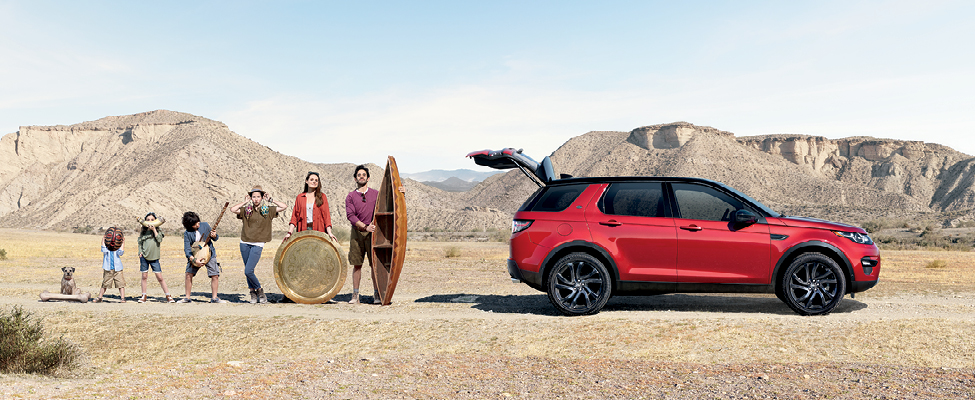
Be prepared
When setting off on an adventure, it is always good practice to inspect all fluids and ensure your vehicle is in running order. Prepare for your trip as if you were going hiking. Let someone know where you will be going and bring enough water, food and supplies in case you get stranded. Add to that list a first aid kit and phone charger, as well as appropriate wear for the environment you will be visiting. Keep in mind that a vehicle consumes more fuel when driving off-road, so ensure you have enough fuel for the journey.
Look out
If you are venturing out into the wild, you will be the first to know that the point isn’t to rush – it’s to slow down, relax and enjoy the scenery. Obviously, you’ll want to look out for wildlife. Also, keep in mind that there may be fellow outdoors enthusiasts such as hikers and mountain bikers out on the trail. If you are travelling in a group, make sure you wait for one another. Another important point to note is that dust and shadows can reduce visibility significantly when off-road, so make sure your lights are on and that you are visible – even in the middle of the day.
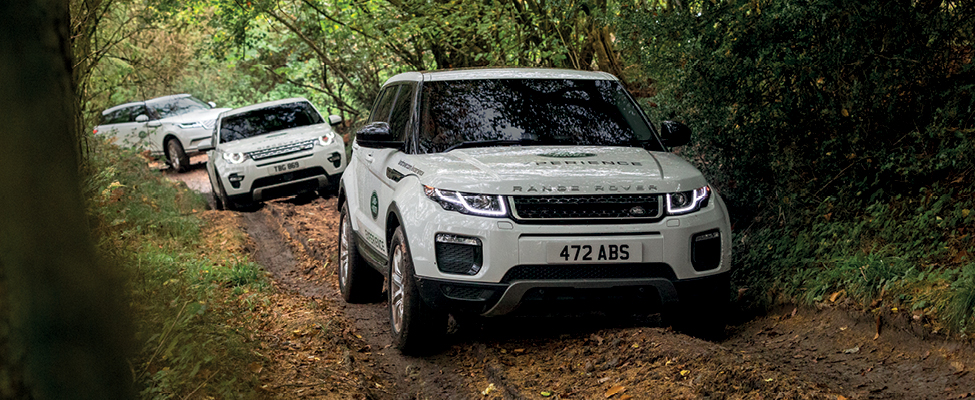
Respect the environment
Over more than seven decades, Land Rovers have helped scientists and conservationists access remote areas in order to conduct research, protect endangered species and study the impact of various ecological changes. By practicing good off-road etiquette, you can follow in their footsteps and contribute to the preservation of the places you visit.
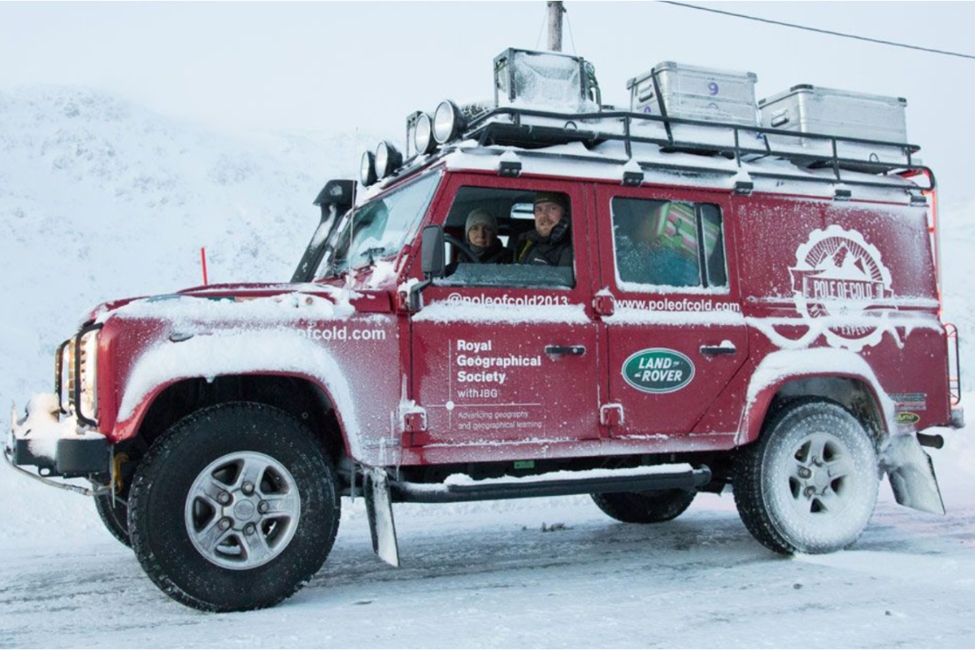
First and foremost, stay on marked trails and avoid driving over vegetation. This is particularly true in the case of a water crossing, where a vehicle can rapidly accelerate erosion and damage the ecosystem. Second, carry a trash bag and clean up after yourself. You’ll get extra bonus points for picking up that plastic water bottle you see on the side of the trail. And finally, obey closures and posted signs.
The great outdoors are relaxing and peaceful; they allow us to escape the traffic jams, noise and stress of the everyday grind. Practice good trail etiquette, and you will ensure that the areas you visit remain in pristine, untouched condition for years to come.
Get to know your vehicle
Before going off-road, it’s a good idea to get to know your vehicle. Have a look at your owner’s manual and take note of your vehicle’s geometric limitations – ground clearance, approach and departure angles, break-over angle, maximum wading depth and so on. Make sure you read the section that contains all relevant information for off-road driving, from vehicle settings to do’s and don’ts. Following these steps will ensure that you know your vehicle’s limitations – and on the flip-side, it will help maximize its great capabilities.
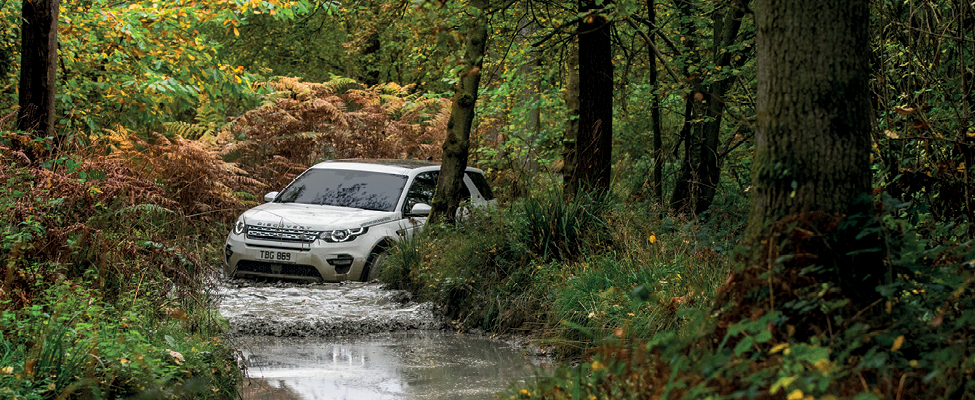
Master the skills
A good motto for off-road driving is “as slow as possible, as fast as necessary.” Following this advice, you should be able to safely get through most obstacles while keeping your Land Rover in pristine condition. Should you encounter an especially challenging obstacle such as a rut, it is often good practice to traverse it at a 45-degree angle, as this will maximize wheel contact with the ground and thus traction, while at the same time reducing the risk of bumper damage. And last but not least, it’s a good idea to get out and have a look at any challenging sections before driving through them. If you fear you may get stuck, ensure that you have a way of getting out.
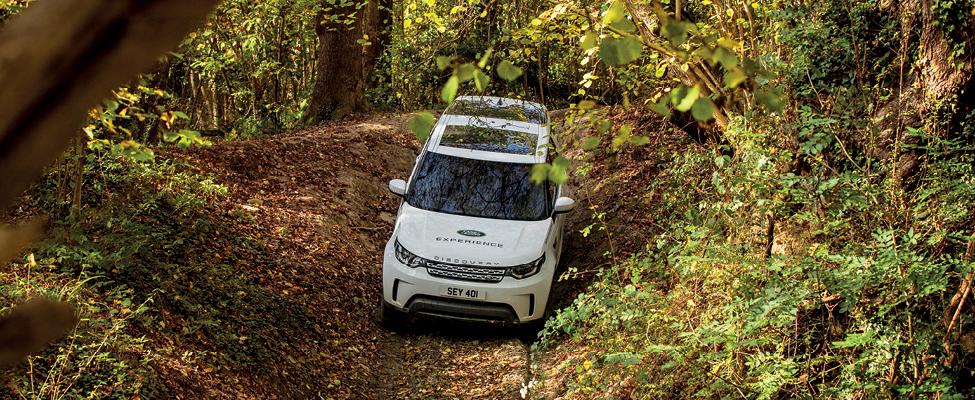
Applying the above techniques should help you get through most obstacles and minimize wheelspin. Talking about wheels, you should beware of sharp rocks – they pose a danger to the sidewall of your tires, and you should either avoid them or drive straight over them if you have the clearance to do so. The good news is that with the possibility of selecting different off-road driving modes and available air suspension on most models, you should be able to capitalize on the legendary Land Rover capability to get through most obstacles.
The Land Rover Experience
For those of you looking to push the Land Rover range to the limits and realize the extent of your own capabilities, Land Rover offers the experience of a lifetime. At a Land Rover Experience Centre, you can take on challenging terrain and learn new off-road driving skills with the guidance of Land Rover specialists.
Regardless of if you’re off to the lake or exploring a remote fire road, we hope that the tips and tricks mentioned above give you the confidence and peace of mind to live out your own adventure. From all of us at Land Rover Saskatoon and Land Rover Kelowna, we wish you safe travels and good times on the path less travelled.





